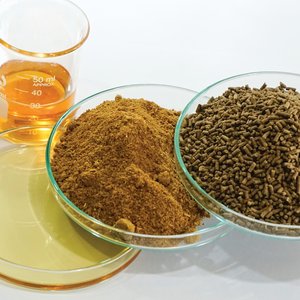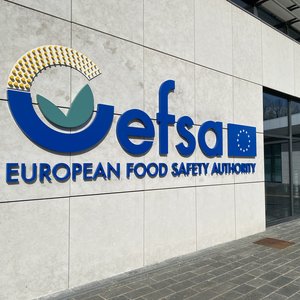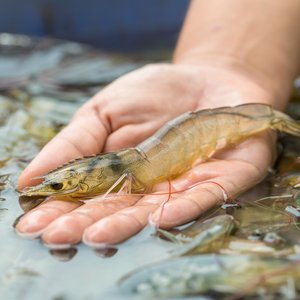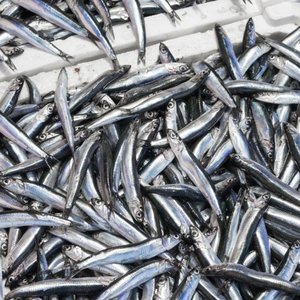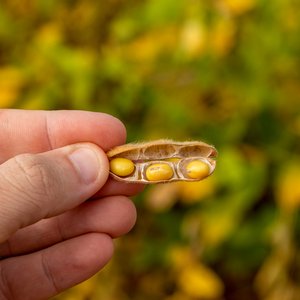Questions have been raised for some time about the effects of sea lice on juvenile wild salmon.
Critics of aquaculture insist sea lice from salmon farms are killing juvenile salmon. Salmon farmers question the research methods on which these allegations are based.
Media coverage today reports on a “new” study based on data collected some time ago by anti-aquaculture activist Alexandra Morton.
The study uses a mathematical model to extrapolate its conclusions and focuses on a limited part of the period since 1987 when fish farming was established in the
The British Columbia Salmon Farmers Association countered that the model fails to address historic variations in salmon returns in the area, or to consider other factors such as water temperature and salinity which effect fish health. In particular, explanation should be sought why farms were not implicated in the exceptionally high returns of pink salmon in 2000 and what has changed for the period being considered.
Data from a 20-year monitoring program conducted by scientists from the Department of Fisheries and Oceans Canada (DFO) show that pink salmon populations in the Broughton Archipelago tend to fluctuate in odd and even years: 2001 saw the highest pink salmon returns recorded in the 20 years of monitoring in the region.
2005 returns were higher than expected, higher than historic averages and higher than returns in 1987 – before there were salmon farms operating in the region. There are also low returns of salmon this year on the coast in areas where there are no farms, possibly due to changing ocean conditions and other factors which must be considered.
It is scientifically unacceptable to ignore such important and relevant data readily available to the public.
The limitations in the standards of science in the study place considerable uncertainty on the conclusions being presented. It is essential that the relevance and accuracy of key data in a study has been subjected to high scientific standards – this can not be claimed to be the case when researchers use old data, collected in a manner which provoked criticism at the time. It is also irresponsible to "market" research in such an inflammatory way - and to claim that this one study is conclusive.
Salmon farms in BC must – as a condition of license – have a sea lice monitoring program. Smolts enter farm waters lice free and are checked on a regular basis to prevent outbreaks of the naturally occurring parasite. If lice are found on farm fish, the stocks are treated to ensure infestations do not occur.
For more information click here


